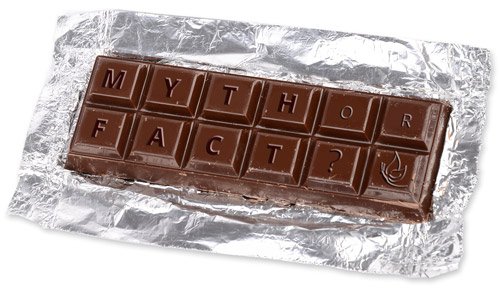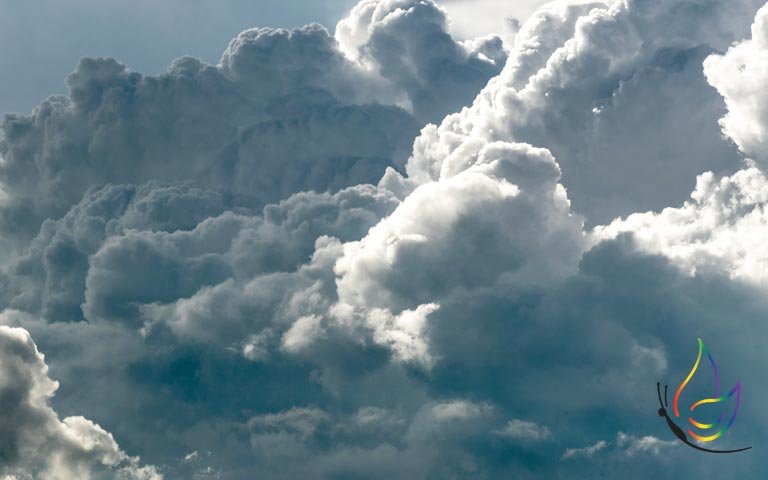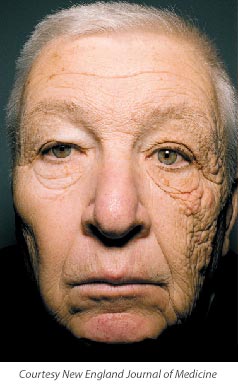Myth or Fact? Is Chocolate bad for your skin?
There is little evidence that chocolate causes acne, though a diet high in sugar and fat can increase sebum (oil) production in the skin, and promote inflammatory responses in the body – which can lead to acne. Additionally, overindulging in sugary foods may lead to decreased consumption of fruits and vegetables containing nutrients that are critical to your skin’s health.
Both milk and white chocolate varieties contain dairy and sugar, which can trigger hormonal changes and inflammation. It is well-documented that dark chocolate has many benefits to our health, including the skin. The high cocoa content of dark chocolate means high amounts of antioxidants that protect the body’s cells against free radicals. That’s why we encourage you to enjoy a piece of dark chocolate when checking out from your appointment!
If you need a fix, stick to dark chocolate over white or milk varieties.
Myth: Chocolate is bad for your skin.
FALSE!
Bottom Line: Chocolate alone won’t wreck your skin. The best thing you can do for your skin is to drink plenty of water and a skin care routine that corrects, prevents and protects the skin against sun damage and premature aging.



